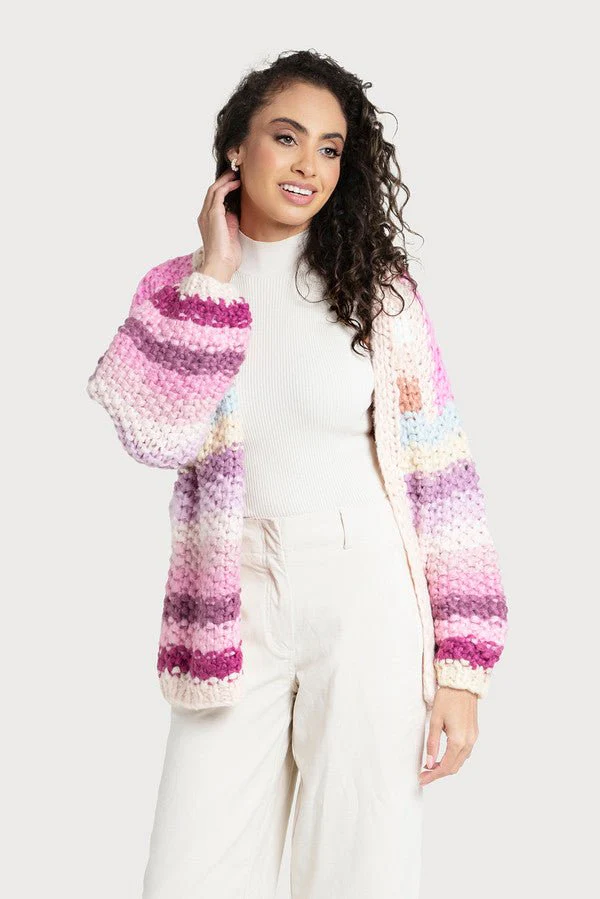All About Kimonos

Kimonos, the traditional Japanese garment that has captivated the world with its elegance and beauty, are much more than just clothing. They are a symbol of Japan’s rich cultural heritage, embodying centuries of history, art, and craftsmanship. This blog post delves into the world of kimonos, exploring their history, types, significance, and how they have evolved and influenced modern fashion.
The Historical Tapestry of Kimonos
The history of the kimono dates back to the Heian period (794-1185), when the term “kimono” literally meaning “thing to wear,” started to be used. The kimono evolved from the Chinese hanfu, undergoing significant transformations over the centuries to become uniquely Japanese. Initially, it was a simple garment, but over time, it became more elaborate, with various styles for different occasions, social classes, and seasons.
During the Edo period (1603-1868), the kimono reached its zenith in terms of craftsmanship, design, and cultural significance. The government’s strict social class delineation influenced the kimono’s styles, colors, and patterns, making it a key indicator of one’s status and wealth. Artisans developed sophisticated techniques for dyeing, weaving, and embroidery, creating exquisite pieces of art.
Types and Designs of Kimonos
There are several types of kimonos, each suited for different occasions and seasons:
Yukata: A casual summer kimono, usually made of cotton, worn by both men and women. Furisode: Characterized by its long sleeves, furisode are worn by unmarried women on special occasions. Homongi: Semi-formal kimonos worn by married and unmarried women, featuring a pattern that flows over the seams. Uchikake: A highly formal kimono worn by brides or during stage performances. It is often heavily brocaded and worn open, like a coat. Hakama: A type of traditional trouser worn over the kimono, often by men or by women at graduation ceremonies. The designs and patterns on kimonos are not merely decorative; they carry meanings and symbolize wishes for happiness, longevity, or good fortune. Seasonal motifs, such as cherry blossoms for spring or maple leaves for autumn, are popular, as are abstract patterns and scenes from nature and literature.
The Art of Wearing Kimonos
Wearing a kimono is an art form in itself, involving numerous steps and accessories to achieve the perfect look. The process includes putting on an undergarment (nagajuban), the kimono, and then securing it with an obi (a wide belt). Accessories such as zori (sandals), tabi (socks), and various types of obi knots add finishing touches to the ensemble. The way a kimono is worn and the choice of accessories can indicate the wearer’s age, marital status, and the formality of the occasion.
Kimonos in Modern Fashion
While traditional cardigans are still worn on special occasions in Japan, the garment has also inspired contemporary fashion designers around the world. The kimono’s silhouette, fabric, and designs have been incorporated into modern clothing, influencing everything from casual wear to high fashion. Designers have reimagined the kimono in various forms, creating kimono-style jackets, dresses, and tops that appeal to a global audience. The fusion of traditional craftsmanship with modern aesthetics has helped keep the kimono relevant in today’s fashion landscape.
The Cultural Significance of Kimonos
Beyond its beauty and elegance, the kimono represents a deep connection to Japanese culture and traditions. It embodies the values of harmony, respect, and a deep appreciation for the changing seasons. Kimonos are not just garments but are considered treasures, often passed down through generations as cherished heirlooms.
The kimono also plays a significant role in Japanese ceremonies and celebrations, from weddings and tea ceremonies to festivals and coming-of-age ceremonies (Seijin Shiki). These occasions provide an opportunity for individuals to connect with their heritage and showcase the artistry and cultural significance of the kimono.
Craftsmanship and Techniques
The creation of a traditional kimono is an art form that requires exceptional skill and patience. Each step, from selecting the fabric to applying the final touches, is performed with meticulous care:
- Fabric Selection: The choice of fabric plays a crucial role in a kimono’s appearance and function. Silk is the most traditional and valued material, known for its beauty, durability, and comfort. Cotton and linen are also used, especially for more casual kimonos like yukata.
- Dyeing Techniques: Techniques such as yuzen (hand-painting or stenciling), shibori (tie-dyeing), and katazome (stencil dyeing) are used to create intricate patterns and vivid colors. These methods can be incredibly labor-intensive, often requiring the skills of experienced artisans.
- Weaving: Some kimonos feature fabrics with woven patterns, using techniques like Nishijin-ori, known for producing high-quality brocade in Kyoto. This weaving method can incorporate gold and silver threads, creating luxurious textiles.
- Embroidery: Embroidery adds depth and texture to kimono designs. This decorative stitching can highlight certain aspects of the pattern or add a three-dimensional quality to the garment.
Kimonos in Rituals and Ceremonies
Kimonos hold a special place in Japanese rituals and ceremonies, serving as a bridge between the past and present:
- Tea Ceremony (Chadō): The tea ceremony is a choreographed ritual of preparing and serving Japanese green tea. Participants often wear kimonos, with the choice of garment reflecting the season and the formality of the occasion.
- Weddings: Traditional Japanese weddings often feature brides in elaborate white kimonos called shiromuku, symbolizing purity and maidenhood. Grooms may wear a montsuki, a formal kimono featuring the family crest.
- Coming-of-Age Ceremony (Seijin Shiki): This ceremony celebrates young adults reaching the age of 20. Women typically wear furisode, showcasing their availability for marriage, while men may wear hakama or suits.
Conclusion
The kimono is a timeless symbol of Japanese culture, celebrated for its beauty, craftsmanship, and historical significance. As it continues to inspire and influence modern fashion, the kimono remains a testament to the enduring appeal of traditional garments in a rapidly changing world. Whether worn in its traditional form or reinterpreted through contemporary designs, the kimono carries with it a sense of history, artistry, and cultural pride that is unparalleled. By appreciating and embracing the kimono, we can celebrate the rich cultural heritage it represents and ensure that this iconic garment continues to be cherished for generations to come.


